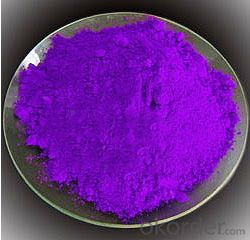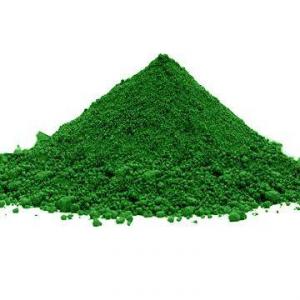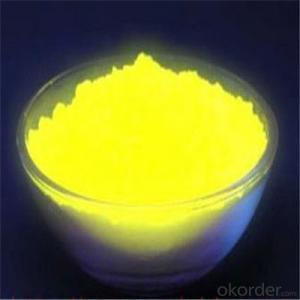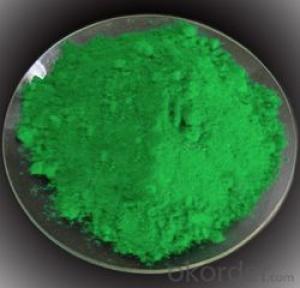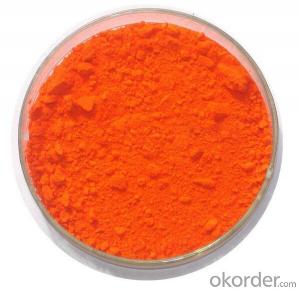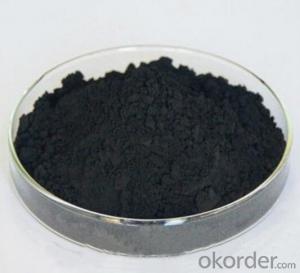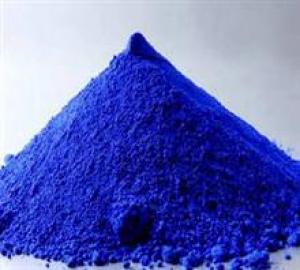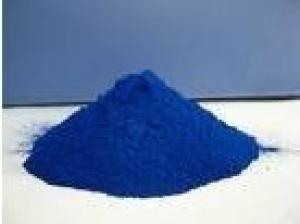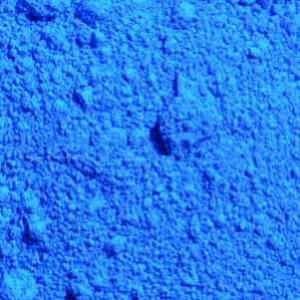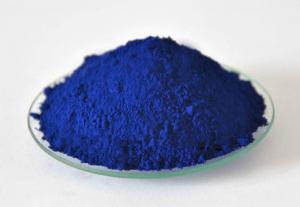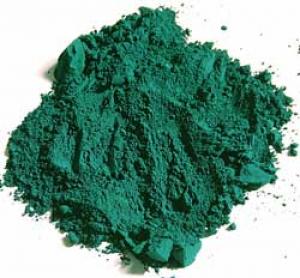Cobalt Violet Pigment Organic Pigment Powder
- Loading Port:
- Tianjin
- Payment Terms:
- TT OR LC
- Min Order Qty:
- 500 kg
- Supply Capability:
- 6000000 kg/month
OKorder Service Pledge
Quality Product, Order Online Tracking, Timely Delivery
OKorder Financial Service
Credit Rating, Credit Services, Credit Purchasing
You Might Also Like
Cobalt Violet Specifications
- Chameleon Blue High Quality Pigment Ceramic Colors Violet Producer
- Sample free
- MOQ:500KG
- Suitable for all glaze
Cobalt Violet Data Sheet:
| Pigment Name : | Cobalt violet |
| C.I. Name code : | P.V.14 |
| Chemical Composition: | Co/P/O |
| Appearance : | powder |
| CAS Code : | 10101-56-1 |
| C.I. Code : | 77360 |
| Heat Resistance : | ≤450℃ |
| water soluble | ≤0.5 |
| Oil Absorption : | 24.1 |
| PH: | 7.1 |
| Density: | 4.2~4.5g/cm3 |
| Moisture: | ≤0.2% |
| Remainder of 45square-meshsieve,%(m/m) | ≤0.1μm |
| 105%volatiles | ≤0.5 |
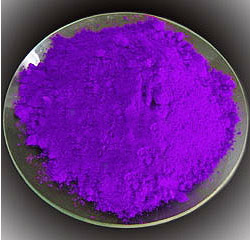
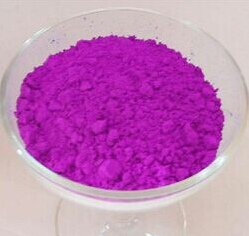

- Q: Please and thank you, it doesn't say so on the website.
- Mac Pigment Ingredients
- Q: What pigments are used in photosynthesis?
- Chlorophyll(green) is the primary pigment used in photosynthesis. Besides chlorophyll, plants also use pigments such as carotenes(orange) and xanthophylls(yellow).
- Q: Is gel food coloring a pigment or a dye?
- Dyes contain pigments, my friend. What is a pigment? They are like little beads. Very very tiny beads of the same color. Then if you spread these out, they give the thing a color. For example, the little green beads in leaves give it a green color. Pigment in our hair gives it a blonde/auburn/brown/black color. What is a dye? A dye is a liquid made up of water and pigments. The pigments are dissolved in water (well not really dissolve just that you cant see the beads) so that it's easier for us to use it. Everything that has a color is made up of pigments. So, gel food coloring is a thicker version of a dye that contains pigments.
- Q: Why does a plant use several pigments instead of one or two?Why are plant leaves green?
- Pigments are a way for a plant to absorb the sun's energy in the form of light (photosynthesis). The different colored pigments absorb different wavelengths of light and pass it on directly to the plant to make energy, except for one class called the carotenoids, which much pass it on the the chlorophyll before anything happens The plants leaves are green because they absorb all the other wavelengthss (red, blue, oragne etc) except the green one, and the reflection of the green is what our eyes see.
- Q: If you could explain it to me I would be very happy!
- Accessory pigments are light-absorbing compounds, found in photosynthetic organisms, that work in conjuction with chlorophyll a. They include other forms of this pigment, such as chlorophyll b in green algal and higher plant antennae, while other algae may contain chlorophyll c or d. In addition, there are many non-chlorophyll accessory pigments, such as carotenoids or phycobiliproteins which also absorb light and transfer that light energy to photosystem chlorophylls. Some of these accessory pigments, particularly the carotenoids, also serve to absorb and dissipate excess light energy, or work as antioxidants.
- Q: Does anyone know its chemical formula or constituents ?
- Epona's answer is extremely sturdy. in case you seem up colour institutions you will locate diverse institutions reckoning on who has written them and what structures they're drawing from. yet you'll be able to desire to continually use institutions that make experience to you. case in point - you will in all probability locate that easy blue is the colour linked with peace. yet reckoning on what form of peace you're going for you may go with a diverse colour. possibly purple if that is for peace in the kin or with acquaintances, pink if that is religious in nature, or eco-friendly if that is physique appropriate. The institutions I genuinely tend to circulate with are: pink - lust, action, means, braveness Orange - creativity, braveness, means (extra innovative form than the pink). Yellow - issues bearing on the concepts (like possibly you have have been given a attempt to earnings for) or psychological suggestion. easy eco-friendly - prosperity darkish eco-friendly - therapeutic easy Blue - peace, tranquility darkish Blue - desires, on occasion suggestion pink - issues coping with the religious White - purification and can be a stand in for extremely just about something Black - liberating negativity, banishing purple - love, friendship, kin i do no longer think there is any colour that would desire to be prevented. yet I often use a diverse affiliation than what i've got listed. And my institutions are in user-friendly terms valid for yet somebody else in the event that they make experience to them. i exploit white candles maximum many times as I continually have them handy and that they might continually be spiced up with diverse oils this is something I do very often.
- Q: What are iridescent magnetic effect pigments?
- Iridescent okorder /... (really long explanation)
- Q: (After the fifteenth century)
- Pigment is color in powder form. An example is lamp black; it was first made from the soot of kerosene lamps ground fine. Binder is a substance used to hold pigment together and make it adhere; in the previous example, linseed oil would be the binder for the lamp black pigment. Vehicle is a medium acting as a solvent, carrier, or binder for paint; turpentine or mineral spirits would be a vehicle but so would linseed oil as well to help dilute the paint and help it cover a large area. Hope that helps and thanx.
- Q: Many of the microorganisms found on environmental surfaces are pigmented. Of what possible advantage is the pigment?
- Pigments have many advantages for the cell. They can absorb light to be used in photosynthesis. Specific pigments absorb light in a specific range - so the more pigments the more light can be absorbed and used for photosynthesis. Pigments also protect the cells from damage by UV radiation. More recently it has been suggested that some pigments inhibit the growth of some microorganisms.
- Q: hahahai have no clue what that means!
- n biology, a pigment or biochrome[citation needed] is any material resulting in color of plant or animal cells, which is the result of selective color absorption. Many biological structures, such as skin, eyes, fur and hair contain pigments (such as melanin) in specialized cells called chromatophores. Plant pigments include a variety of different kinds of molecules, including porphyrins, carotenoids, and anthocyanins. Chlorophyll is the primary pigment in plants; it is a porphyrin that absorbs red and blue wavelengths of light while reflecting green. Carotenoids are red, orange, or yellow tetraterpenoids. Anthocyanins (literally flower blue) are water-soluble flavonoid pigments that appear red to blue, according to pH. They occur in all tissues of higher plants, providing color in leaves, stems, roots, flowers, and fruits, though not always in sufficient quantities to be noticeable.Betalains are red or yellow pigments. Like anthocyanins they are water-soluble, but unlike anthocyanins they are indole-derived compounds synthesized from tyrosine. For more info visit : en.wikipedia.org/wiki/Biological_...
Send your message to us
Cobalt Violet Pigment Organic Pigment Powder
- Loading Port:
- Tianjin
- Payment Terms:
- TT OR LC
- Min Order Qty:
- 500 kg
- Supply Capability:
- 6000000 kg/month
OKorder Service Pledge
Quality Product, Order Online Tracking, Timely Delivery
OKorder Financial Service
Credit Rating, Credit Services, Credit Purchasing
Similar products
Hot products
Hot Searches
Related keywords



